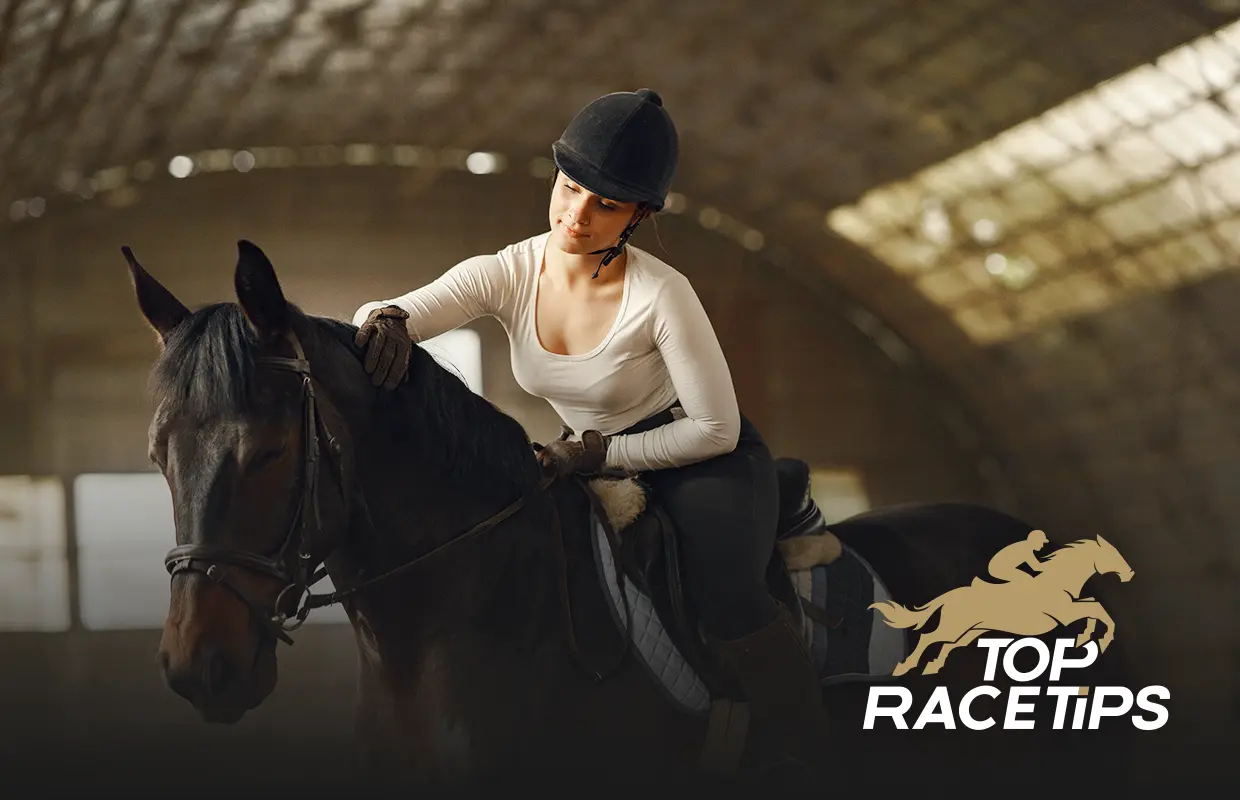
One of the first things that a prospective owner of a horse should be aware of is the cost of owning a horse. Horses are great to have around, but they do come with quite a long list of monthly and yearly expenses. Among these costs are livery, feed, vet care, farrier visits, dental work, equipment, insurance, and many extras that add up over time. This guide breaks down each expense in straightforward terms so that you can plan your budget with assurance.
In case you don’t have land at home, a place for your horse is a must. Renting a field is the cheapest option at about £10 per week, but it is mostly without facilities. You might be required to take care of the field maintenance and muck removal by yourself.
Generally, people go for a livery yard that offers some facilities like tack rooms, schooling arenas, and jumps. The price depends on the kind of livery:
Full livery is the most expensive, but staff handles most of the daily care.
In fact, a horse is a big eater of hay, especially during winter when there is very little grass.
The money mentioned here varies depending on the size of the horse and the time it spends in the stable.
Feed takes a large portion of the yearly budget. A horse needs about 0.5% of its body weight in grain and 1.5% in hay daily. So, a 1,000-pound horse would be:
That is an annual feed cost of $2,500–$5,000 or even more sometimes.
It is a must for horses to be vaccinated against Influenza and Tetanus annually, and the price for these is about £35. Additionally, the vet call-out fee is another £35.
Regular care, such as dental treatment, health checks, and blood tests, can also make the money go up. In case of sudden injuries that can be very costly, the majority of the owners insure their horses:
The hooves of a horse are growing nonstop. Whether your horse is wearing shoes or not, the farrier needs to come every 6 weeks.
The annual cost of a farrier can be anywhere from £225 to £765, depending on the kind of treatment that the horse requires.
Once a year is the minimum frequency at which horses’ teeth need to be checked. The cost of a routine dental visit is £50-£70. If the horse has dental problems, the extra visits will be necessary.
Worming is the necessary condition for every horse. The cost of one wormer is £10-£15, and depending on the type of wormer and the season, you will need several per year.
Having a horse at home, taking care of the barn, will cost you between $1,200 and $7,000 annually. A commercial boarding facility will cost you more:
The price of boarding is usually without veterinary or farrier fees.
One can purchase the basic setup, which includes a saddle, a bridle, buckets, grooming tools, and safety gear for roughly $1,500–$2,000. A rider competing and requiring specialized equipment can pay significantly more.
There will always be some unexpected costs, such as lost shoes, minor injuries, rug repairs, extra bedding, or medical supplies. A good idea is to keep aside at least £1,000 yearly for these types of extras.
The cost of owning a horse varies greatly; that is, it can be from a few thousand to more than ten thousand pounds or dollars yearly, depending on the level of care, the place, and the needs of your horse. Knowing each expense clearly will allow you to make a budget in advance and keep your horse in a nice and healthy condition.
Owning a horse annually can cost as low as a few thousand and as high as over ten thousand dollars; this takes into consideration the care level, location, feeding, vet bills, and boarding.
Livery or boarding is where most of the money goes, especially if it is a full-care facility that can cost $1,200 or more per month.
The cost of a farrier ranges from £225 to £765 per year, and this is dependent on whether the horse only needs a trim or a full shoeing every six weeks.
Unforeseen expenses such as an injury, lost shoes, rug repairs, and extra bedding can add up to £1,000 or more annually, and that is why it is advisable to set aside some extra money.






You must be logged in to post a comment.
Ride with The Best